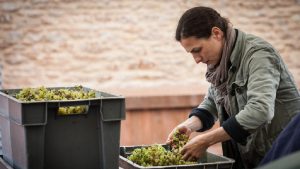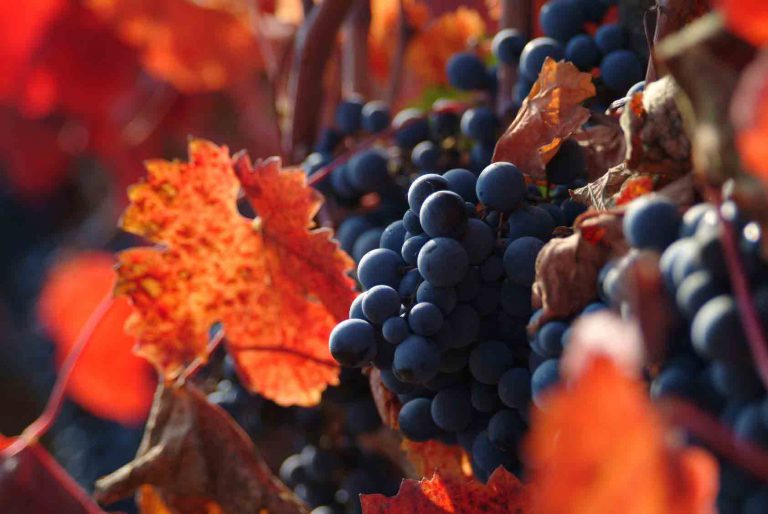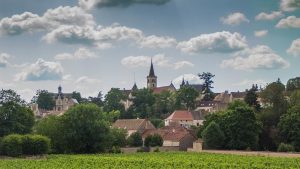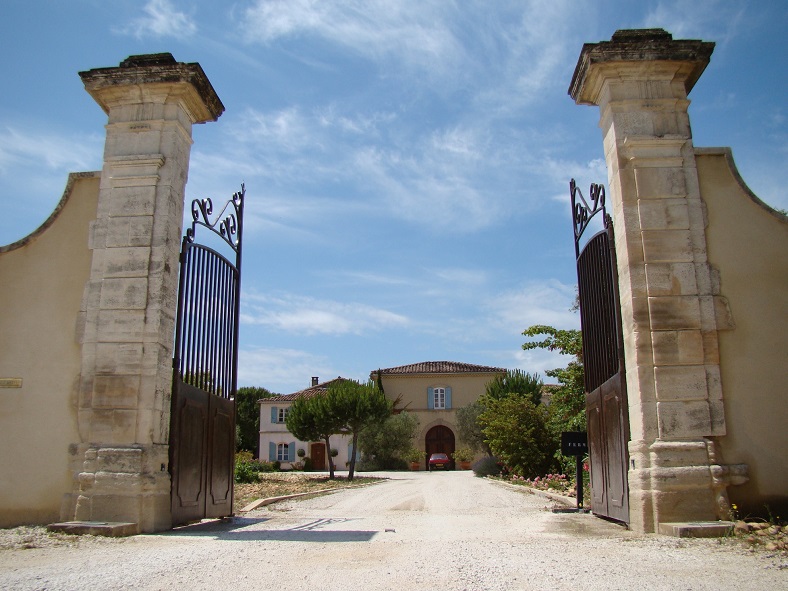
For five generations, the Perrin family have been producing some of the Rhône’s finest Châteauneuf-du-Pape. We’re heading to the region’s southern climes to learn about the history built and the wine crafted at this grandiose domain.
Roots that push centuries deep
The Beaucastel family lived in Courthézon from the mid-16th century. It was Pierre de Beaucastel who, in 1549, bought “a grange with its tenement of earth and 52 barrels in Coudolet”. Later on, the house that stands today was constructed, with the inclusion of the Beaucastel coat of arms sculpted into the stone of the living room. In 1687, the head of the family was given the title of “Capitaine de la Ville de Courthézon” by Louis XIV, in recognition of his conversion to Catholicism. The slice of history preserved in the form of a signed letter is still n the hands of the current owners.
Skipping forward a few centuries, Pierre Tramier took up the domain in 1909, before passing it on to his son-in-law. Pierre Perrin was a scientist who worked to elevate the estate, a vocation then pursued by Jacques Perrin. The latter made the brilliance of Beaucastel his life’s work until 1978. With the central importance of lineage in mind, his sons Jean-Pierre and François are now at the head of the property, with the fifth generation ready to take up the reins.
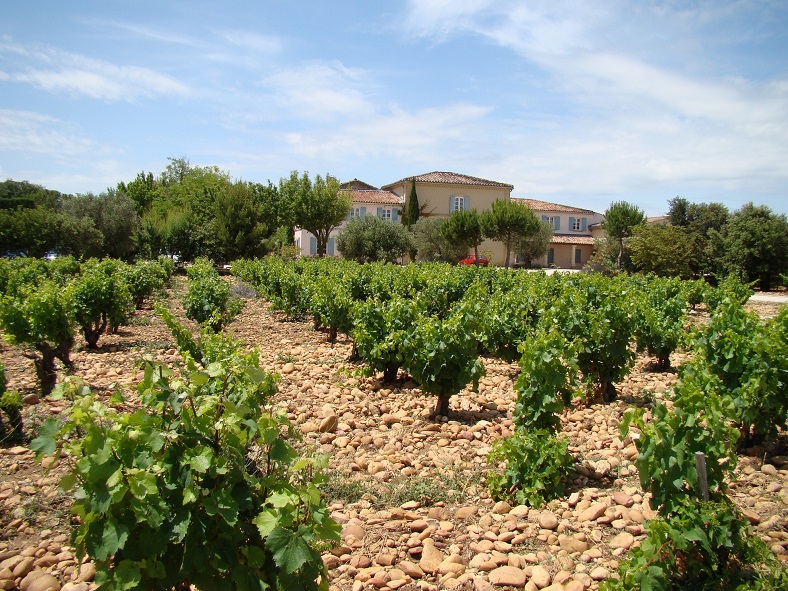
The vines and the wines
The domain now covers 130 hectares of land in total, 100 of which are used to cultivate vines. Three quarters are in the Châteauneuf-du-Pape appellation (carrying the Château de Beaucastel label), and the remaining quarter falls under the Côtes-du-Rhône category (with a Coudoulet de Beaucastel label).
The rest of the land is used for crop rotation: every year, one or two hectares of vines are pulled up and an equal amount is then planted on earth that hasn’t been used for grapes in over ten years. The domain cultivates the thirteen grape varieties allowed by the Châteauneuf-du-Pape appellation.
Chemical additives are banned and have been replaced by a compost made at the property. Spreading this in the vineyard helps the earth to maintain its soil levels and its microbiological balance. Other treatments have been reduced to a minimum so that the plants can develop natural resistance. In turn, this reduces the need for chemical products that, whilst treating specific issues, creates overall imbalance in the vineyard’s ecosystem. Beaucastel is home to many birds, bees, and other insects that contribute to this healthy biodiversity.
The grapes are harvested uniquely by hand and are meticulously sorted once they reach the winery. Only the best fruit will be vinified. After total destemming, the harvest is vinified in traditional vats for 15 days. Each varietal is vatted separately, with each developing its own character, aromas, and unique qualities. Once fermentation is complete, each wine from each varietal is tasted separately so that a unique cuvée can be crafted. This is a meticulous task carried out by the Perrin family, determining the distinguishing features of each vintage. This way, the expression of the terroir is specific to the year. The wine is then transferred to oak barrels to mature for a year before bottling.

